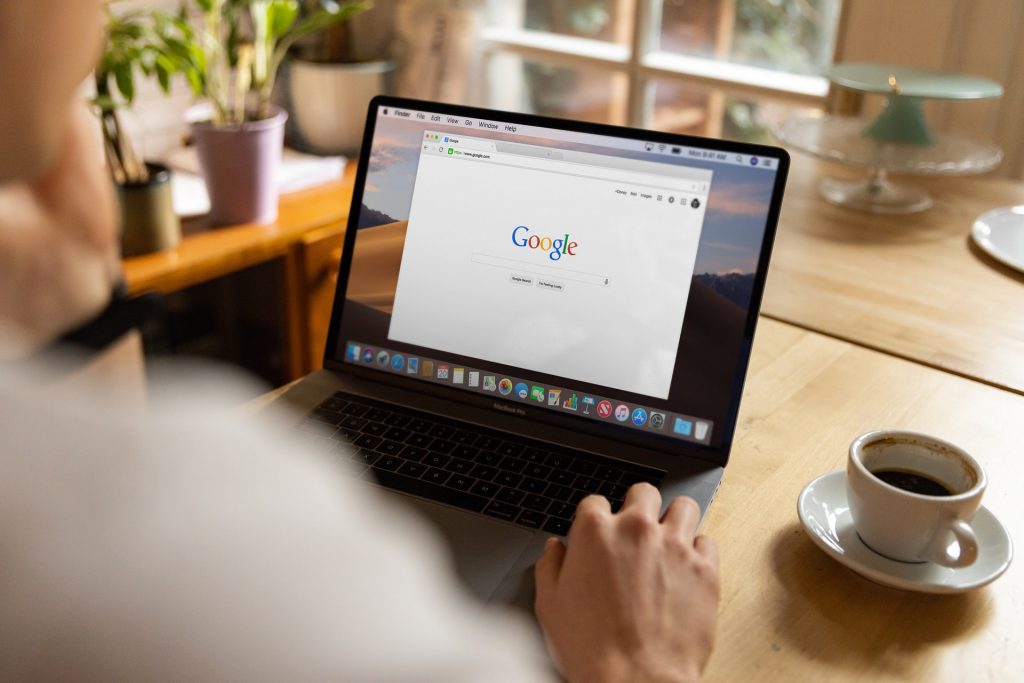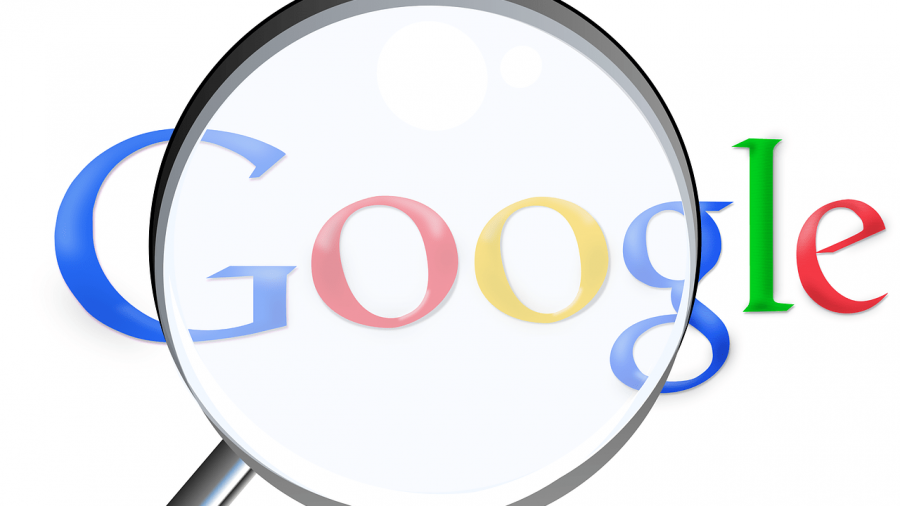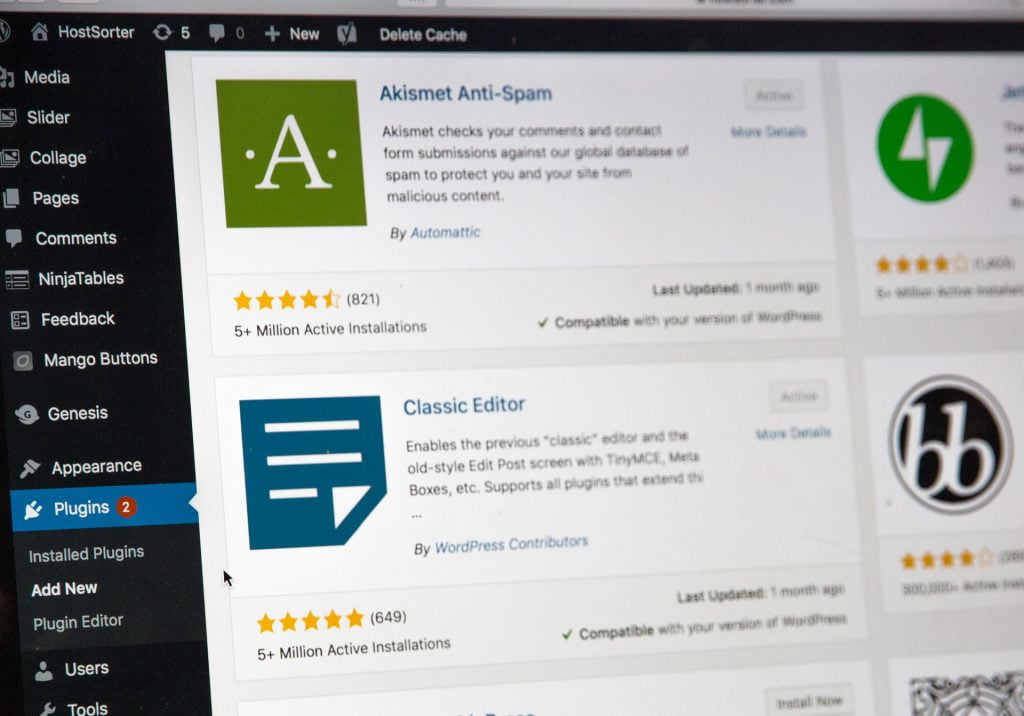In 2018, the Google Algorithm’s update introduced an E-A-T Guideline that looks into site and page quality. E-A-T is an acronym for Expertise, Authoritative and Trustworthiness. The guide provides a standard for SEO experts if they want to be on the good side of Google.
The Google Search Quality Evaluator Guidelines Document
The Google Search Quality Evaluator Guidelines document made widely available in 2015 is a guideline that instructs human quality raters on how to evaluate the quality of Google’s search results and provides relevant examples. It gives basic information as well as criteria that quality raters should consider when assessing a web page. The document includes 3 major concepts:
- Beneficial Purpose (the reason why the page was created)
- YMYL (Your Money or Your Life) – this refers to content that addresses the reader’s happiness, health, safety, wealth, finance, etc. and,
- E-A-T (Expertise, Authoritativeness and Trustworthiness) — which is our major focus here. This gives webmasters insight into what google looks for in a web page.

Why is E-A-T Important?
A lot of Site Owners wonder about how to create quality content without losing Search Engine visibility. Previously, it seemed like quality content and SEO were at cold war. “How do you create search engine optimized content that will also meet the needs of your site visitors?” This was the question on the mind of most site owners. With time, SEO professionals found a way to make this work. A win-win situation for site owners and Search Engines. They found a way to get on the good side of algorithms with white hat techniques. With the E-A-T guideline, one knows how to serve content that’s good enough for the users and the Search Engine.
According to the E-A-T guidelines, Google wants to provide information from trustworthy sources who have sufficient expertise in a given topic. This is to ensure that users get the right information on the sites it recommends.
The E-A-T guideline applies to various content types and websites created for specific purposes. Although it may not be a direct SEO strategy, professionals and webmasters will do well to pay attention to its recommendations.

How is E-A-T Evaluated?
While E-A-T concepts are similar, they are not identical. Expertise, Authoritativeness, and Trustworthiness are all assessed individually. Let’s take a closer look at each of them.
01. Expertise
Google prioritizes content provided by experts on a given topic. Hence, expertise is about the creator of the main content on a particular page. Do they have sufficient knowledge to qualify as experts on a subject matter? Or do they have the long-standing experience to validate the information they provide on certain topics? With this, quality raters use the information about the content providers.
Your site’s content is the basis for evaluating expertise. You must be able to develop well-researched content that relates to the searcher’s need (intent).
It is important to provide thorough and informative pages. For example, an architect or one with enough exposure to the industry is a more reliable source for information about building design or construction but not for health-related content.
02. Authoritativeness
The keyword here is reputation. The reputation a content provider has among other experts in the industry determines his authoritativeness. It is important to note that authority is also determined by the website a particular content appears. Is this website considered a preferred source of information when they need information on a particular topic?
To this end, Quality raters assess authoritativeness by checking reviews, recommendations, references, news articles and other reliable information from independent sources (not from the site that’s under evaluation). The aim is to find out what real users and experts think about the website.
It is also important to note that authority here is directly related to the specific topic under consideration. This means that a comedy website would not be a reliable source for topics related to finance.
03. Trustworthiness
This focuses on how legitimate, accurate and authentic the content is. Raters evaluate trustworthiness by looking at a variety of factors, including the information the website provides about the publisher of such content, contact information, customer support and other relevant information sources.
The raters also assess the content’s accuracy based on what other experts say and the referenced sources of the information, especially with regards to statistics and factual information.
Domain security, website terms of use, privacy policies, author biographies, product specifications and contact information are important qualifiers of your site’s trustworthiness.

How Does Google’s E-A-T Guidelines Affect SEO?
E-A-T guidelines are primarily human concepts because they were developed for human quality raters. So websites do not have E-A-T scores as they do with backlinks. As a result, most people believe that they have no business with algorithms and SEO. Google, on the other hand, confirms that E-A-T is an essential part of their algorithm. The E-A-T concept is ingrained in the algorithm process.
Here’s how: Google constantly adjusts its algorithm to enhance the quality of search results. In this process, the Google engineers will present the Quality Raters the search results (with and without the recommended changes implemented). The Raters will then provide feedback to Google. Google uses the feedback to determine if the proposed change would have a positive or negative impact on search results and implement the approved recommended changes. This reveals that Google engineers can understand the vital signals that correspond to E-A-T and modify the ranking algorithms accordingly.

How Can You Improve E-A-T?
Having established what the E-A-T Guideline covers and its importance to SEO, we’ll show you some effective ways to improve your site for EAT.
- Build high-quality backlinks and avoid spammy ones.
- Ensure that the purpose of your site is clear by providing accurate information on your About page.
- Create exhaustive terms of use and privacy policy pages.
- Ensure that your site’s SSL certificate is active and updated.
- Include Author bios on your blog page.
- Site relevant and high-authority sources when your content includes data.
- Provide relevant content on specific topics.
- Ensure that your site contains accurate content.
- Get reviews and research what other experts are saying about a topic.
- Include sufficient contact information on your site.
On a final note, like algorithms, Google’s raters guidelines are subject to reviews and updates, this means that they may include some new criteria or modify old ones. Hence, it is important to ensure that you are aware of recent changes. The E-A-T guideline reveals that growing your site is an incremental process and not some overnight magic. It takes time to build Expertise, Authoritativeness and Trustworthiness but it’s not impossible.
We are consistently commited to providing technical and professional digital solutions that will help your business stay relevant in a highly a competitive marketplace. Our team of proffesionals at the9tynine will help you attract your target audience through effective digital strategies. Get in touch with us today.







